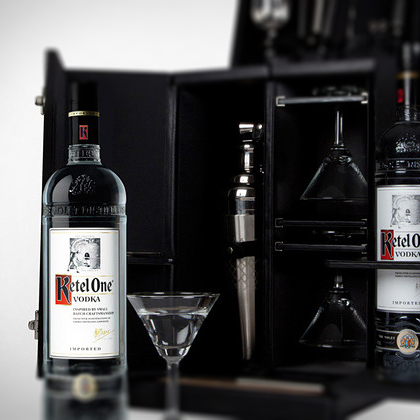Change is generally disconcerting when it’s happening, but for those whose livelihoods depend on the outcome, it’s even more so.
The tough conundrum many businesses face today is: do we sustain our business at the cost of the environment or do we save the environment at the cost of our business? A decision easy to make on the outside, but for these entities that hire substantial workforces—real people with jobs on the line—this presents a very tricky decision indeed.
That said, there are some instances where putting the environment first is vital to the very survival of the business itself—in fact the entire industry. This convergence presents both a victory and a challenge, as while it ensures much-less resistance in pushing towards this common goal, the urgency of needing to find a solution is more present.
A great example of one such industry is Champagne, the drink of celebration, finessed by the purists in Epernay, France.
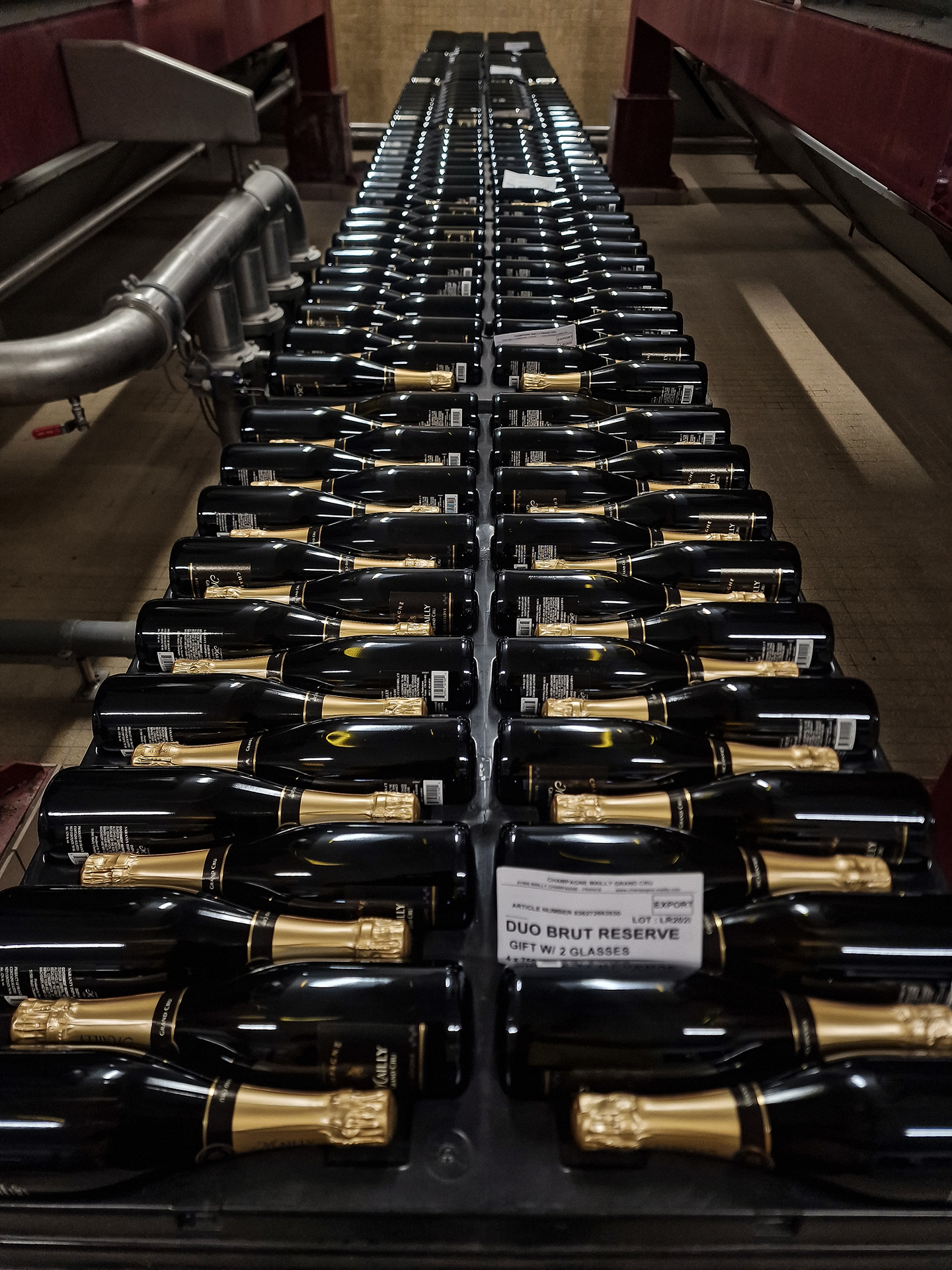
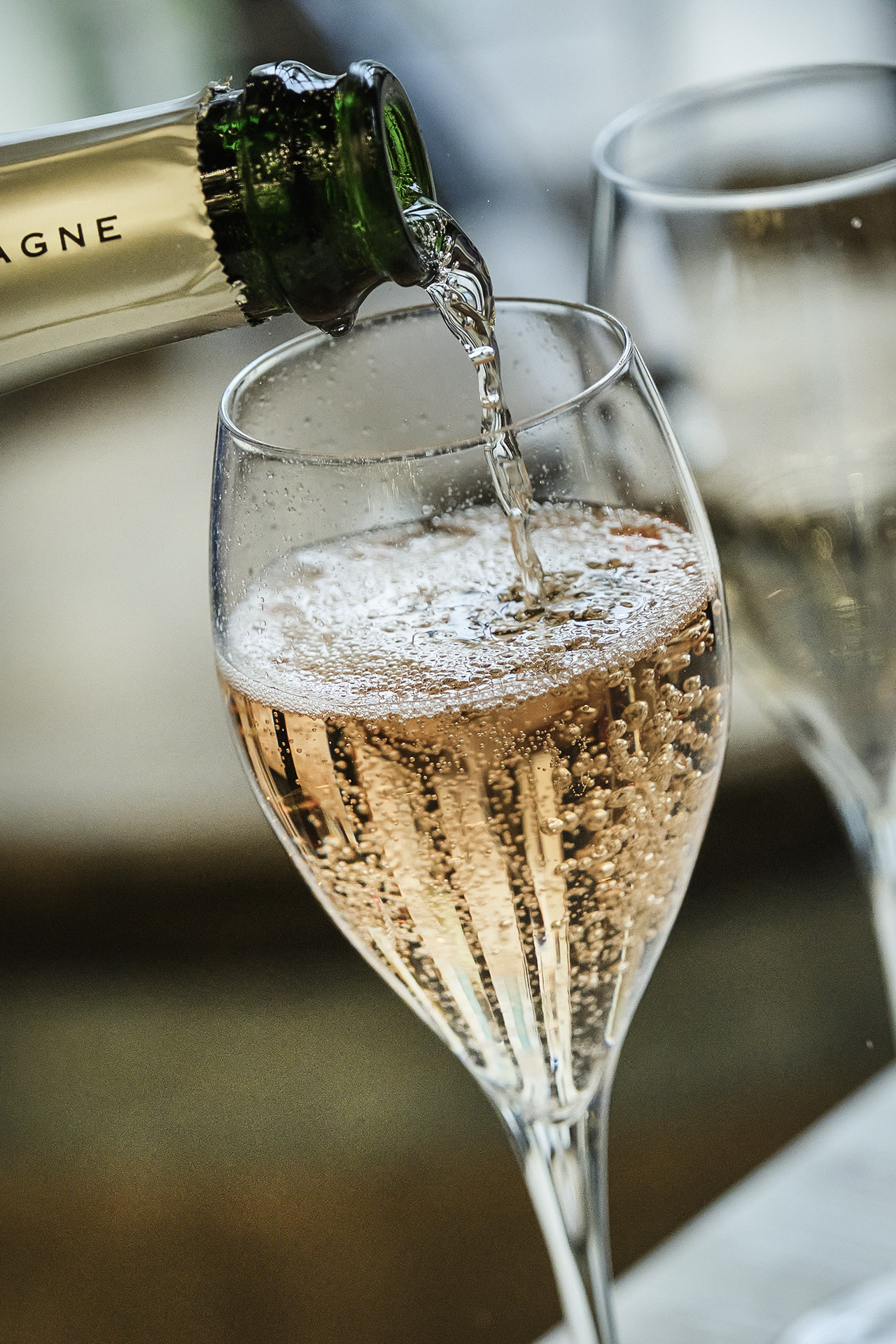
However just because the industry acknowledges change needs to happen and in a certain guise, it doesn’t mean that everything automatically falls into place. With champagne there are many factors to consider, and naturally vineyards have differing ideas on the best route forwards.
That’s where the Comité Champagne comes in, a Champagne Trade association that protects the common interests of Champagne Houses and Growers to maintain balance—and fair competition—in the industry.
Although the first collective steps to protect the name of Champagne started as far back as 1843, the Comité Champagne was actually founded in 1941, where its primary duty was to protect the use of “Champagne” as a brand across the globe. Since then the remit of the Comité has grown and developed to the extent that they now oversee multiple aspects of the region, including its commitment to sustainability.
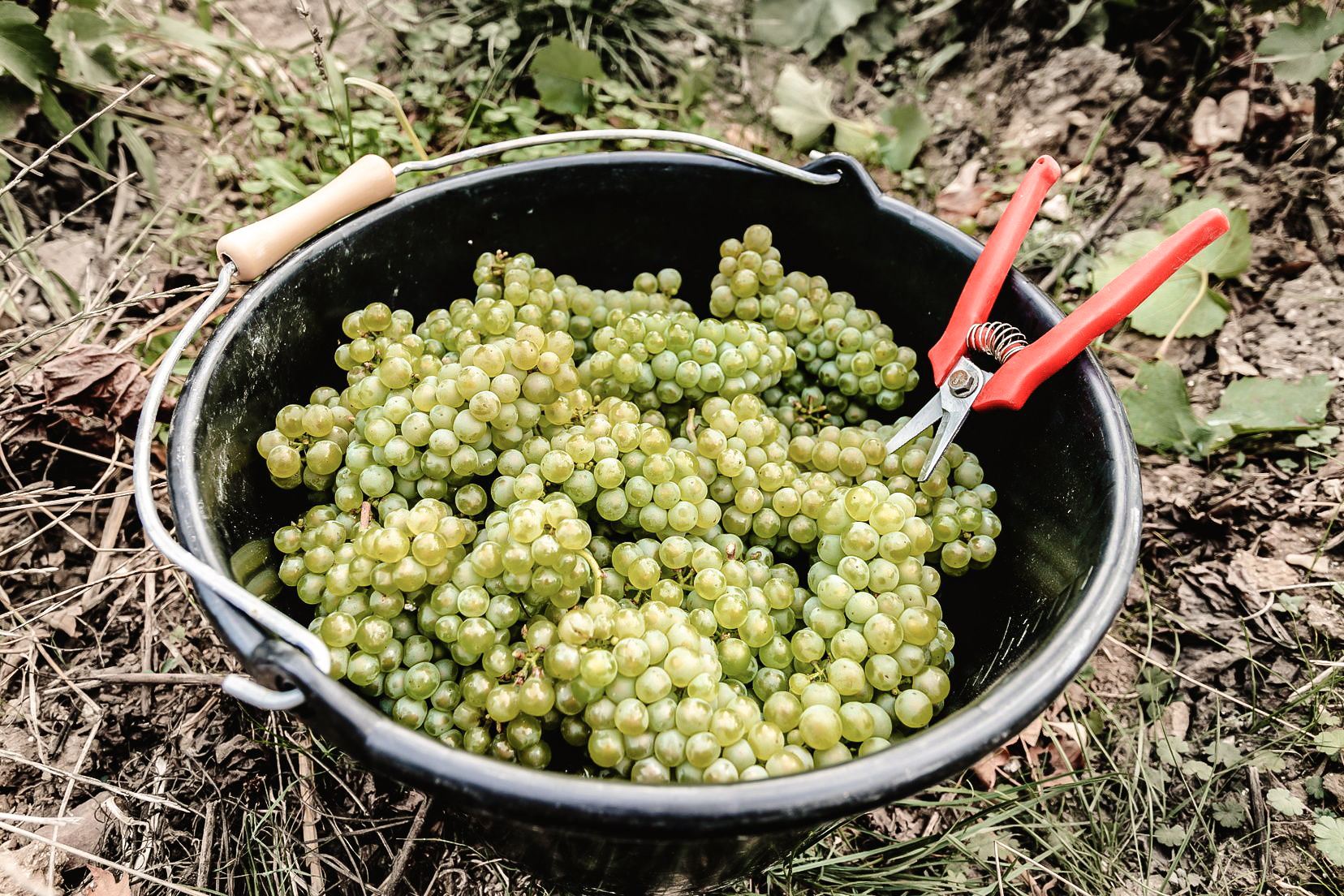
It’s important to note that the sustainability initiatives are not forced, but rather encouraged, with substantial benefits for those that do “play-ball”, benefits such as the Sustainable Viticulture in Champagne marque that now 46% of the 370 Champagne houses and 16,200 growers have attained. The Comité have had other successes too, with 100% of wine effluents & by-products now being recycled and a 20% reduction in carbon footprint per bottle in the last 15 years.
However there is a widespread acknowledgement by all that there is still much to be done, as my visit to wineries of all different sizes in the region made evident.
From the commercial juggernauts producing 4 milllion bottles annually to those that lovingly produce mere thousands, the motivations were different but the goals the same.
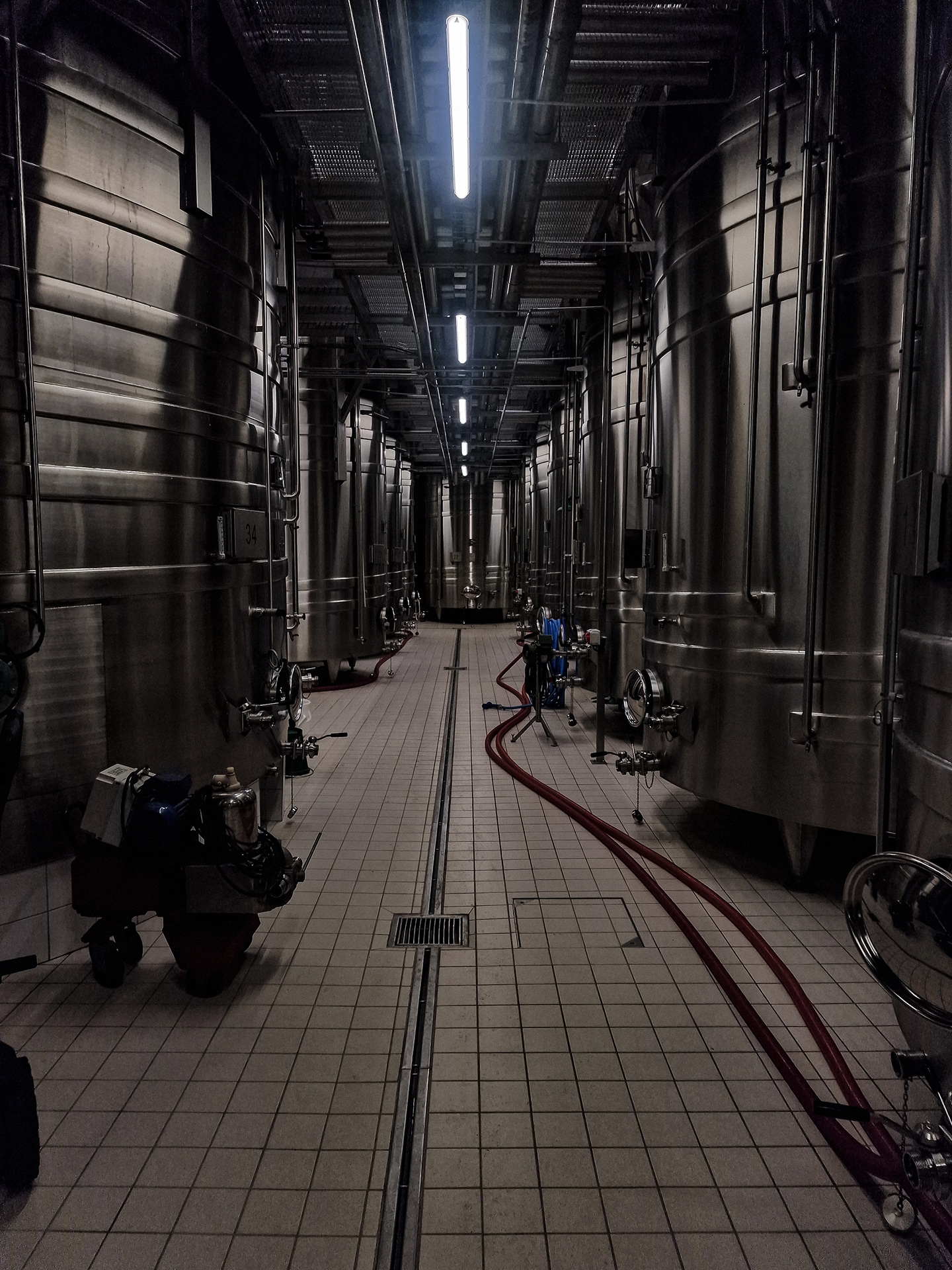

Some of the solutions are more obvious, others more niche given the differing scales of operations, topography and even business models, as not all Maisons are formed in the same way. Take Champagne Mailly Grand Cru for example, named in 1929 after the village of its naissance. The Maison is unusual in that had it been formed after 1935, the name wouldn’t be allowed due to the controlled destination of origin ruling (known as the AOC). As it is the name stands, but they can only use grapes grown on vines in the Mailly region.
One of their sayings is “A la tete par le main” the meaning being “Together we make it happen”; an apt slogan given that their extensive champagne cellars were dug by hand, a process that took from 1931-1965 to complete. The only cellar dug by hand in the last century, none of the chalk went to waste, being used to create the very roads in the village that the champagne is transported on today.
One of only 17 villages in Champagne given Grand Cru status, they work together as an entire village to promote biodiversity across their 35 lieux-dits (plots), ensuring that natural life is encouraged and can continue to flourish as nature intended.
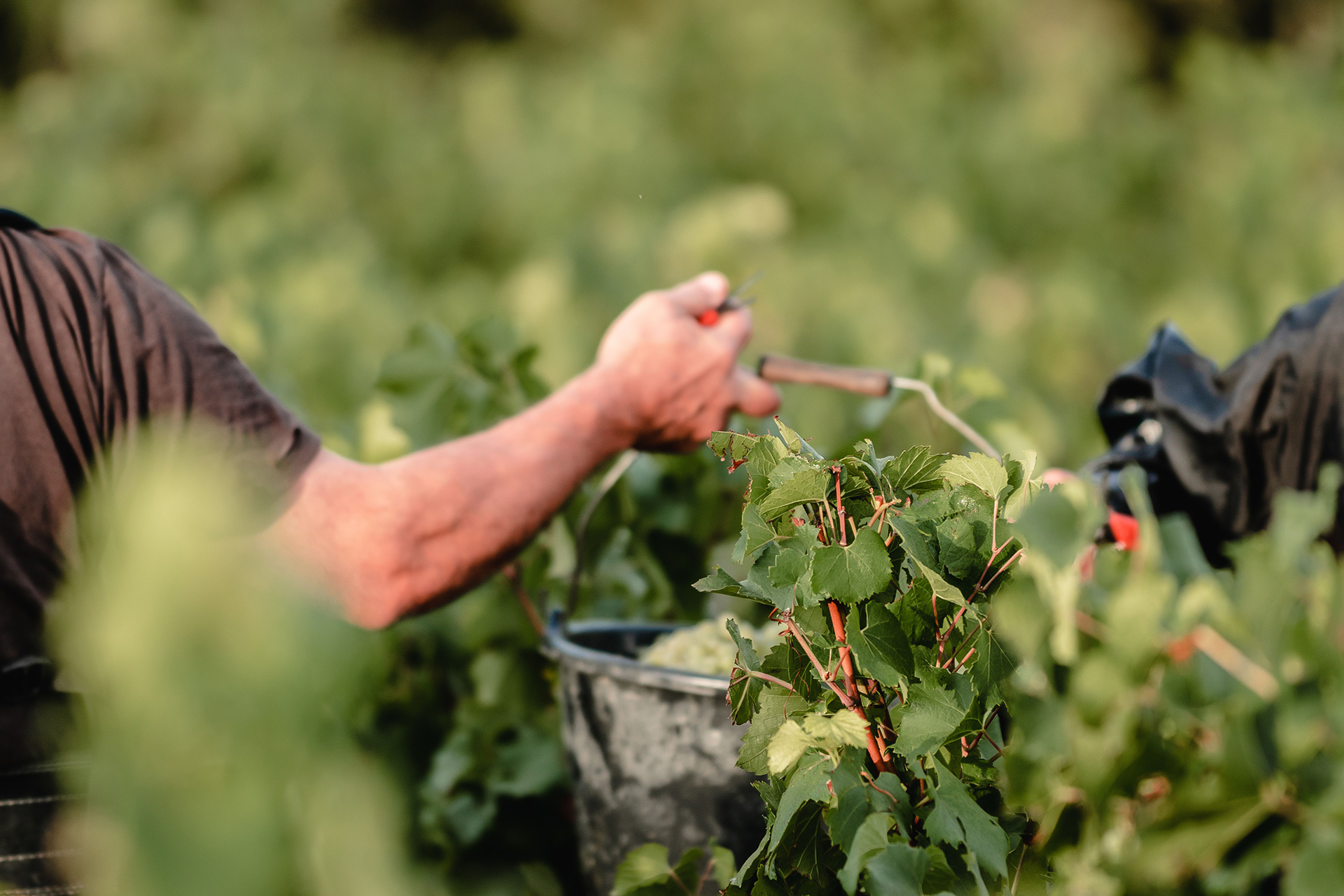
A different approach is taken by medium sized winery Champagne Telmont, the Leonardo di Caprio owned vineyard that currently produce 350k bottles annually, but are on mission to create an “environmental impact first” approach to operations. Their astute branding and the unwavering determination of CEO Ludovic du Plessis has seen the Maison make giant strides on the road to being nature-positive; not just for their own operation, but for the industry on the whole.
One key focus for Telmont to improve their sustainability is the bottle itself, which makes great sense as it represents 24% of their Carbon footprint. It may seem like an obvious move to some, but for Champagne this is a very risky move, as the current weight was chosen due to the need for the bottle to be of sufficient strength to handle the pressure of the gas build up during storage.
So Telmont reduced their bottle weight from 835g to 800g; seemingly insignificant at first glance but not in actuality as it manages to reduce the CO2 emissions by an impressive 4%.
In terms of bottle integrity, so far more than 30k of these new 800g bottles have tested and the breakage performance has been the same as they were previously. They also stopped using clear glass from June 2021; while 87% of green glass bottles can be made from recycled glass, their all-clear counterpart is made completely from new glass.
Not content to stop there, the brand has also opted to send their bulk orders by sea rather than air freight which may take longer but again substantially reduces the impact on the planet.
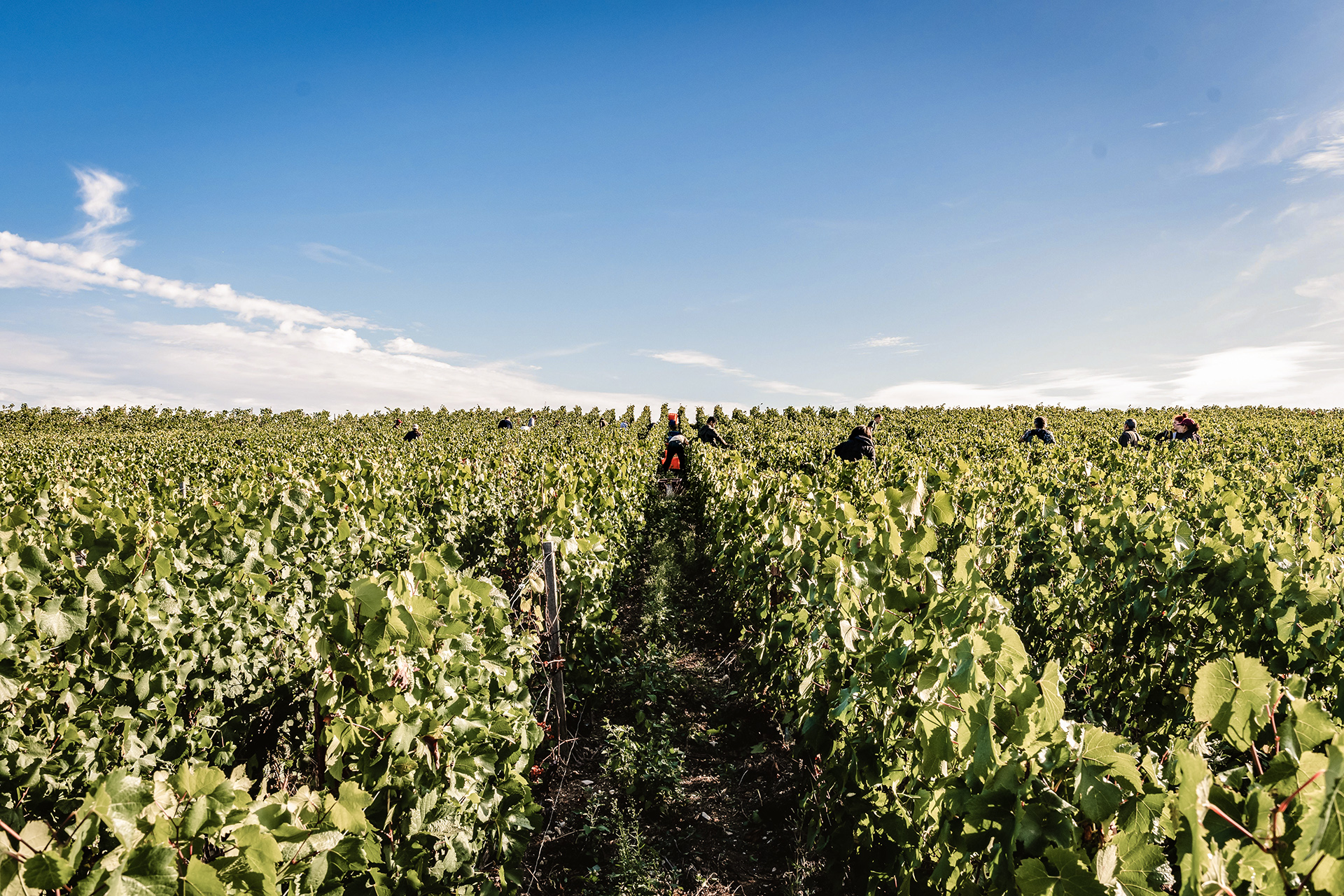
One of my favourite visits was to Champagne Lafrogne, a small family run vineyard in the heart of Epernay. Though modest in scale, their approach to sustainability was admirable, encouraging biodiversity wherever they can while eschewing the use of herbicides despite their proven ability to increase grape yield. When asked the reasons behind his sustainable ambition, the father—and Cellar Master—told me it was so there would be ‘something for his children’ and to ‘set the right example’.
While the Comité Champagne are aware that their work still has some way to, they are committed to their sustainable journey which is great news for all concerned. In the Comité’s “Champagne Fundamentals” guide book, you’ll find the below quote:
“I could not live without Champagne. In victory I deserve it. In defeat, I need it”
_ Sir Winston Churchill
A world without champagne would certainly be a much less effervescent place.



